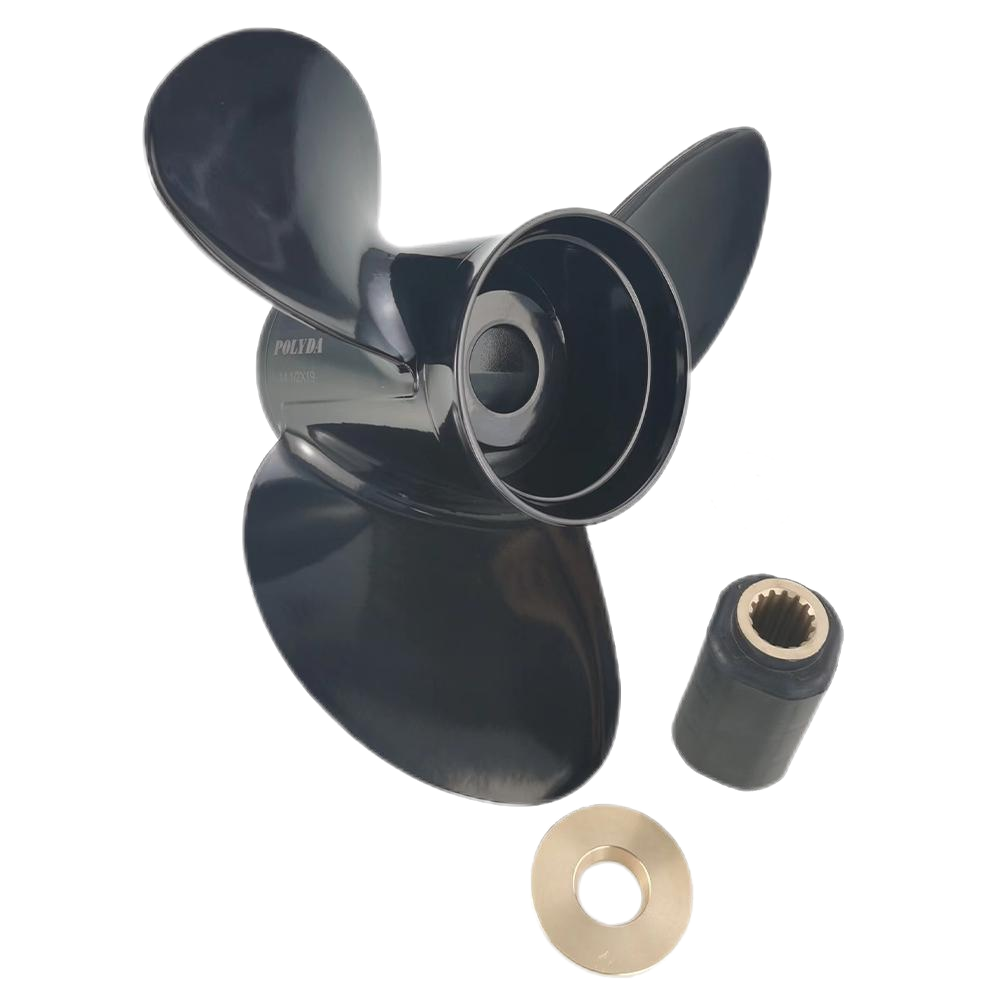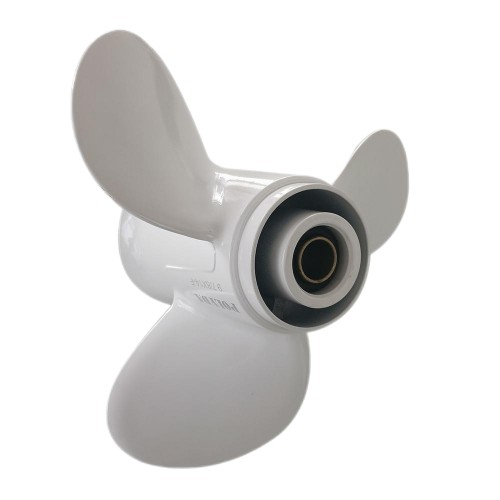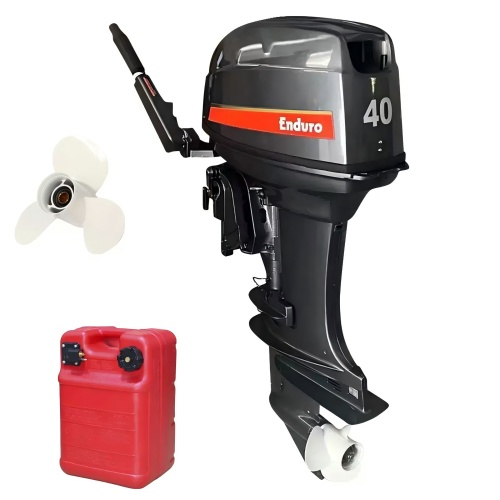Daily maintenance of outboard motor
1. Items that must be checked before and after each voyage (5-minute quick check)
Parts Key points of operation
Fuel system Check whether the fuel line is hardened/leaked
Confirm that the fuel tank vent is unobstructed (to prevent air blockage)
Propeller Remove fishing nets/water plants immediately
Check blade gaps (>3mm needs to be replaced)
Cooling system Observe whether the water outlet is stable after starting (stop immediately if no water flows out)
Fastener Shake the engine bracket and hanging bolts by hand to eliminate the risk of loosening
2. Regular in-depth maintenance table (divided by operating hours/season)
Every 50 hours or monthly
Lubrication system
Gear oil replacement:
1. Drain the old oil in the hot engine state (observe whether it contains metal chips)
2. Pump new oil from the bottom oil filling port until it overflows (recommended SAE 90 GL-5 standard)
Waterproof grease (lithium-based grease) added to the tiller hinge/tilt axis
Anti-corrosion treatment
Sacrificial anode inspection:
Freshwater environment: zinc block loss > 50% needs to be replaced
Seawater environment: loss > 30% needs to be replaced immediately
Metal surface spraying marine anti-rust spray (focus on protecting bolt interfaces)
Every 100 hours or every quarter
Fuel system maintenance
Cleaning the fuel filter cup (the filter needs to be replaced as a whole if it is black and deformed)
Adding fuel stabilizer (to prevent ethanol gasoline stratification corrosion)
Circuit system protection
Apply insulating silicone grease to the wire connector
Check the spark plug gap (standard 0.9-1.0mm, serious carbon deposits need to be replaced)
Every 300 hours or annual maintenance
Cooling water jacket pickling
Remove the thermostatic valve and circulate and rinse with 10% white vinegar solution for 30 minutes (to remove scale)
Power system calibration
Carburetor balance adjustment (four-cylinder engine requires professional equipment)
Ignition timing detection
III. Special maintenance for different environments
Key protection for seawater users
Each return:
1. Flush the cooling water channel with fresh water (connect the flushing interface and start for 5 minutes)
2. Soak the transmission unit in a fresh water bucket to remove salt
Every 3 months:
Disassemble the propeller to check the bearing seal ring (to prevent salt water intrusion)
Note for users in freshwater lakes
Aquatic biological control:
1. If the mooring lasts for more than 48 hours, it needs to be lifted out of the water
2. Apply anti-algae coating to the propeller (such as PTFE Teflon spray)
IV. Long-term storage guide
Fuel treatment
Drain the fuel in the carburetor float chamber
Fill the fuel tank and add fuel stabilizer (to prevent colloid deposition)
Antifreeze protection
Inject antifreeze and preservative into the cooling system (must be done in cold areas)
Storage posture
Place the engine vertically (to avoid unilateral compression and deformation of the seal)
The propeller pad is suspended in the air
Five fatal negligence warnings
Replace marine engine oil with automobile engine oil → High-speed shear failure leads to cylinder pulling
Directly enter the water without changing the gear oil → Water emulsification damages the gearbox
Mixed use of different brands of coolant → Chemical crystallization blocks the pipeline
Ignoring the anode block in the freshwater area → electrochemical corrosion is accelerated by 3 times
Not starting the engine during flushing → internal salt cannot be discharged
 choose correct propeller
choose correct propeller



